
Dadacha-mame: the “King of Edamame” native to Tsuruoka!
This delicious green bean, famously spotlighted in Abroad in Japan’s video: “Why I Hate Japanese TV,” left him puzzled because he couldn’t quite figure out what made these beans so special. (No hard feelings—we know it’s a subtle difference and the crew didn’t really help you!)
For a few decades, Japanese media have crowned Dadacha-mame the “King of Edamame” for its unparalleled sweetness and flavor.
Dadacha-mame is a traditional heirloom variety of edamame with a Protected Designation of Origin, cultivated for generations by local farmers in Tsuruoka City, Yamagata Prefecture, since the Edo period. Unlike regular edamame, Dadacha-mame is smaller, covered with brown fuzz, and has uniquely wrinkled pods.
Grown in Tsuruoka’s Hakusan district, Dadacha-mame thrives in sandy, well-drained soil that’s perfect for activating rhizobia bacteria, essential for healthy soybeans. Dr. ABE Toshinori from the Yamagata University Agricultural Research team has compared the components of 12 edamame species in his “Dadachamame – Oishisa no himitsu to saibai” and has found that the Dadacha-mame Hakusan variety contains more GABA amino acids (good for lowering blood sugar) and 2-Acetyl-1-pyrroline (aromas) than others, justifying its unique fragrance and taste! (p.36)
The name “Dadacha-mame” reportedly comes from the Sakai family, lords of the Shonai Domain. In the local dialect, “dadacha” means “father” or “old man.” Legend says the feudal lord enjoyed edamame daily and would ask, “Whose dadacha grew these edamame today?” Over time, the beans earned the affectionate name Dadacha-mame.
But is there really a difference between Dadacha-mame and regular edamame?
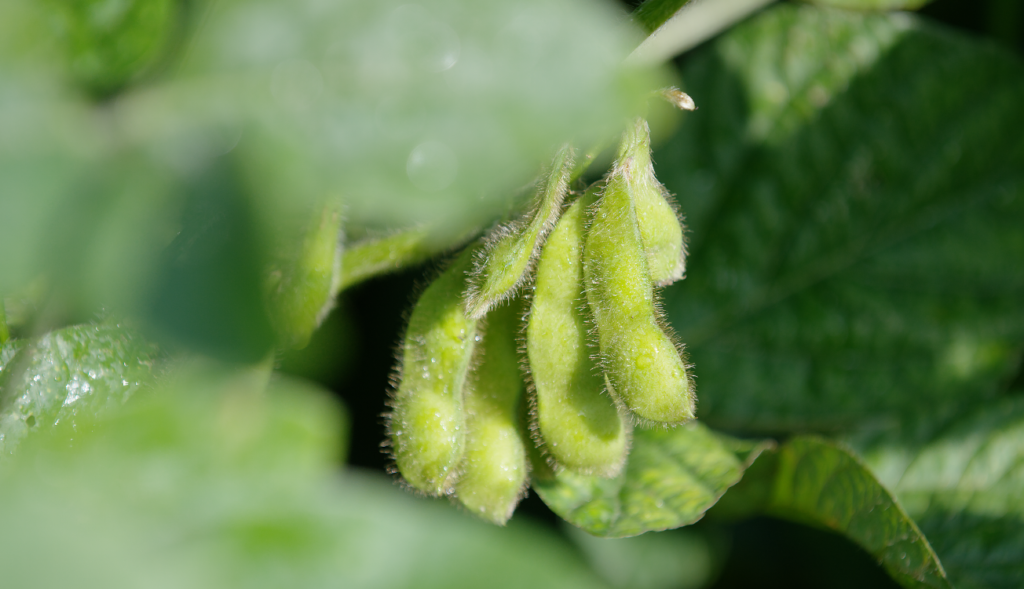
Ask a local, and they’ll say it’s incomparable. So why didn’t Chris get it?
It’s understandable! Telling apart Dadacha-mame from regular edamame is like distinguishing an Ehime mikan from a standard clementine, or an Obanazawa watermelon from an ordinary one. Without a calm, comfortable tasting setting and side-by-side comparison, it’s tough to pinpoint the differences—especially standing in a field under 40°C with just a handful of the same beans (we’re sorry he had to go through this..!); that being said, it doesn’t mean Ehime’s mikans or Obanazawa’s watermelons are no better than your average deal you find in the supermarkets.
Let’s break down what makes Dadacha-mame so special by first understanding regular edamame.
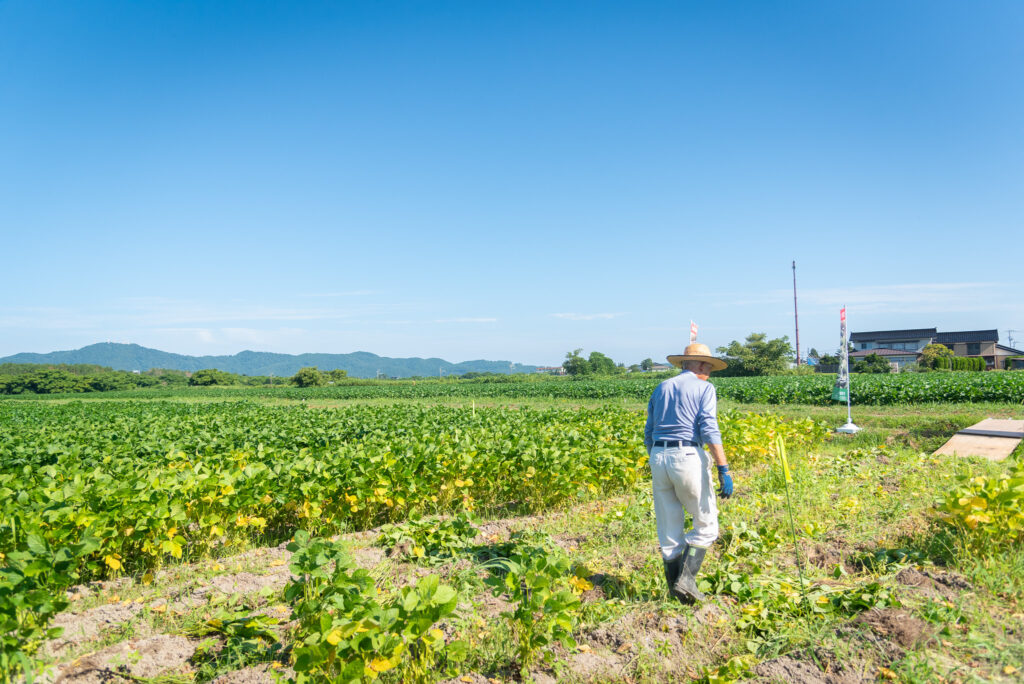
Edamame are simply immature soybeans (Glycine max Merr.) boiled in their pods and eaten whole. Eating soybeans this way is a relatively recent discovery because wild soybeans were once too bitter and tough to eat raw or lightly cooked.
Historical records say soybeans arrived in China between 400 and 200 BCE, coming from the north. Known as “ebisumame” (barbarian beans) for their foreign origin, they soon became one of China’s five sacred grains.
In Japan, soybeans likely came during the Yayoi period (300 BCE–300 CE), possibly alongside wet rice cultivation. Archaeological digs at Jomon sites (14,000–300 BCE) found small beans like wild soy (tsurumame) and mung beans (ryokutō), but not larger cultivated soybeans.
So when did the Japanese start eating soybeans as edamame?
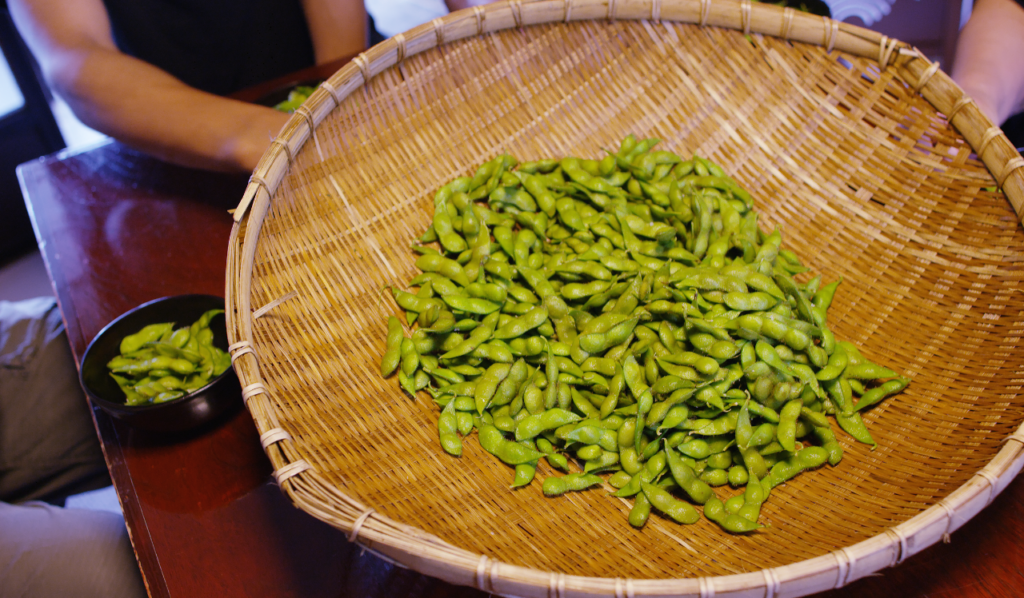
The word “edamame” probably comes from harvesting immature soybeans with their stems (eda) attached. This practice dates back to the Heian period (794–1185). Around this time, fermented soy products like hishio were also evolving—from thick pastes to more liquid sauces. By the Kamakura period (1185–1333), tamari—a rich fermented soy sauce made from roasted soybeans, barley, malted rice, and salt—was developed.
By the Muromachi period (1336–1573), the word “shōyu” (soy sauce) appeared in early Japanese texts, referring to the oily liquid floating atop hishio. During the Edo period (1603–1868), Japan perfected tamari production methods, laying the foundation for modern soy sauce.
Japan also developed natto, a sticky fermented soybean dish. While its exact origins are unclear, the conditions for natto likely existed by the Yayoi period—rice and soybeans had arrived, and homes had straw floors perfect for natural fermentation.
If boiling soybeans happened then, it’s possible that eating immature soybeans as edamame also started, though this is speculative and hard to date with precision.
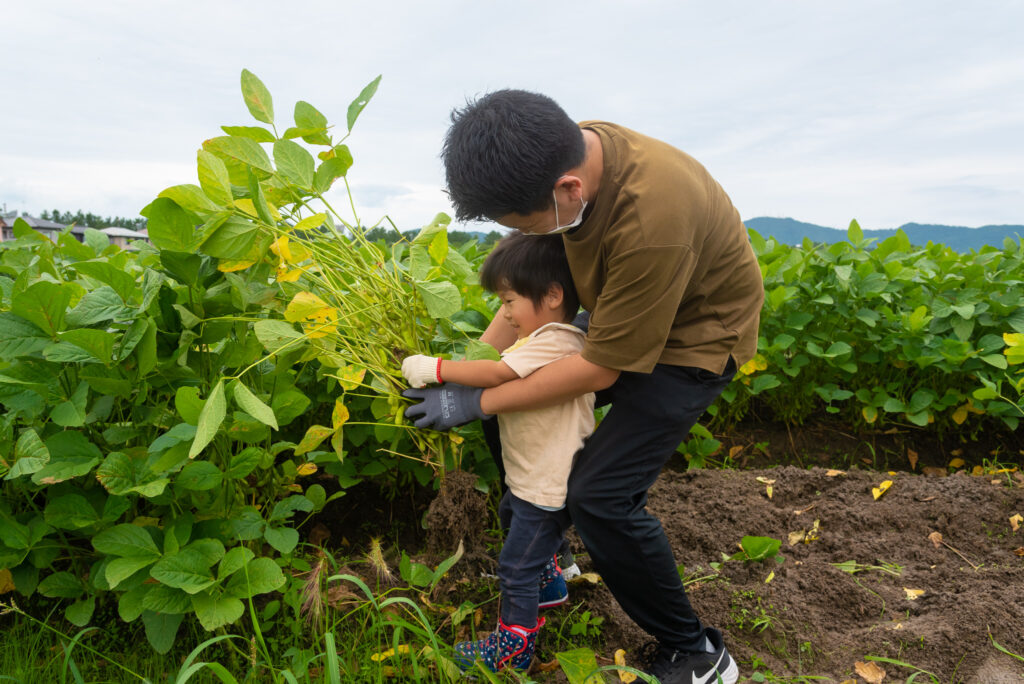
In the early Meiji period (1870s’-1880’s), the Shonai Clan cultivated “Komagi”—the ancestor of Dadacha-mame. This variety’s sweet, umami-rich flavor, fuzzy pods, and satisfyingly firm crunch raised the bar for edamame quality nationwide.
To sum up: before the 19th century, soybeans weren’t tasty enough to eat as edamame as we do today. They were too bitter, and the texture wasn’t pleasant, hence why they mainly served for shoyu, tofu and other fermented food. Komagi improved the standard, and soon Dadacha-mame and other notorious beans (like Niigata’s Kurosakichamame)’s reputation spread across Japan, pushing all producers to improve their game—making it harder for most people to tell varieties apart.
If you get the chance, visit Tsuruoka from late July to late August—the official Dadacha-mame harvest season. Buy fresh Dadacha-mame and frozen ones from the supermarket, boil each for 3–4 minutes, cool in ice water, salt them, and taste. We promise you’ll notice the difference! Dadacha-mame has no bitterness or acidity—just pure sweetness, umami, and a firm texture that sets it apart from the regular edamame served in most izakayas.
Still unsure? Try these Dadacha-mame treats in Tsuruoka:
- Dadachamame Sasa-dango mochi balls (Dadacha Sasadango だだちゃ笹団子)
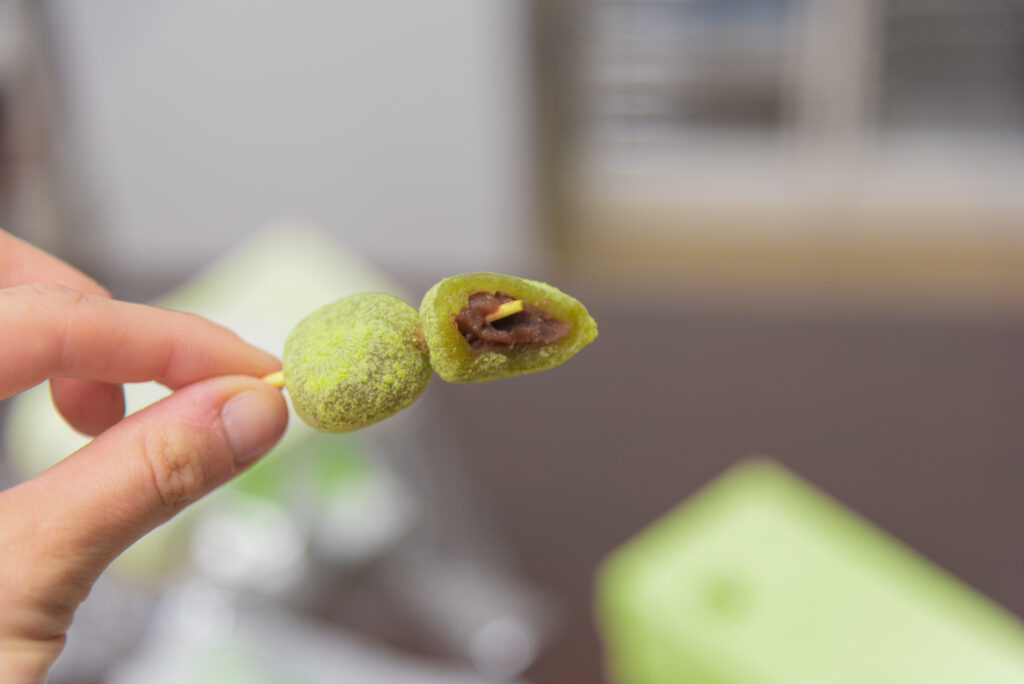
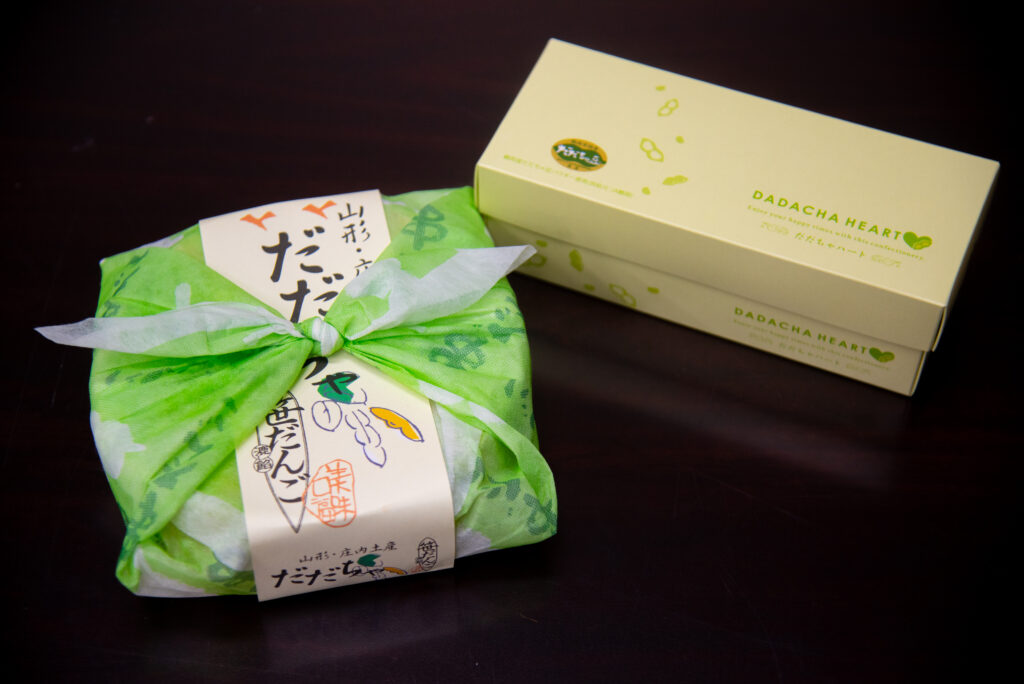
- Dadachamame heart-shaped cookies (Dadacha Heart)
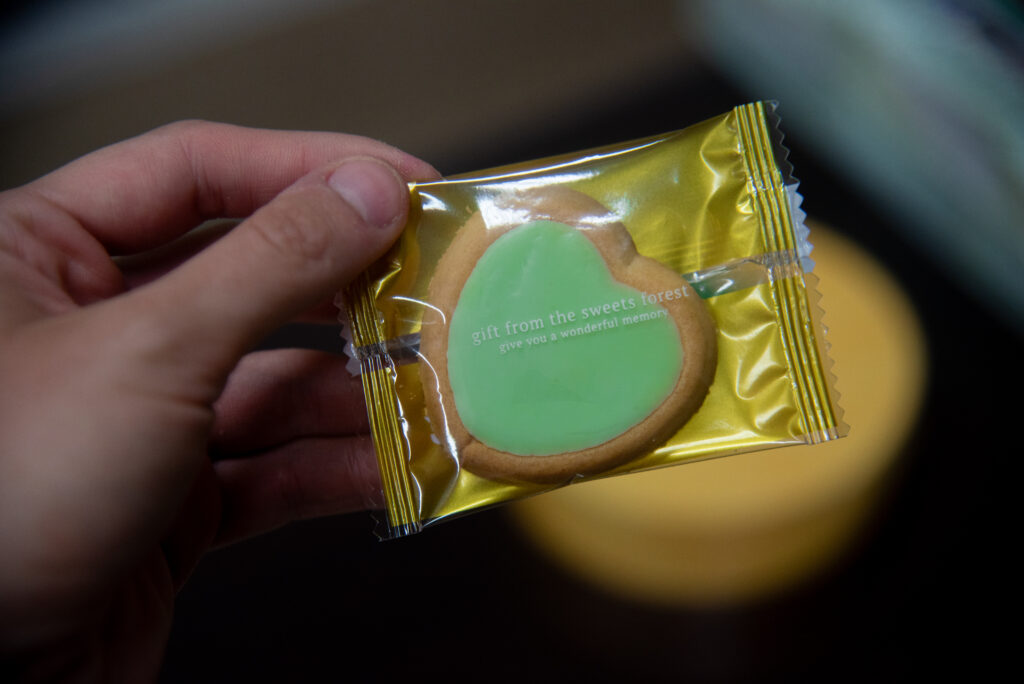
- Dadappai (dadachamame-filled pies) and Dadakko (dadachamame-filled manju steamed cake)
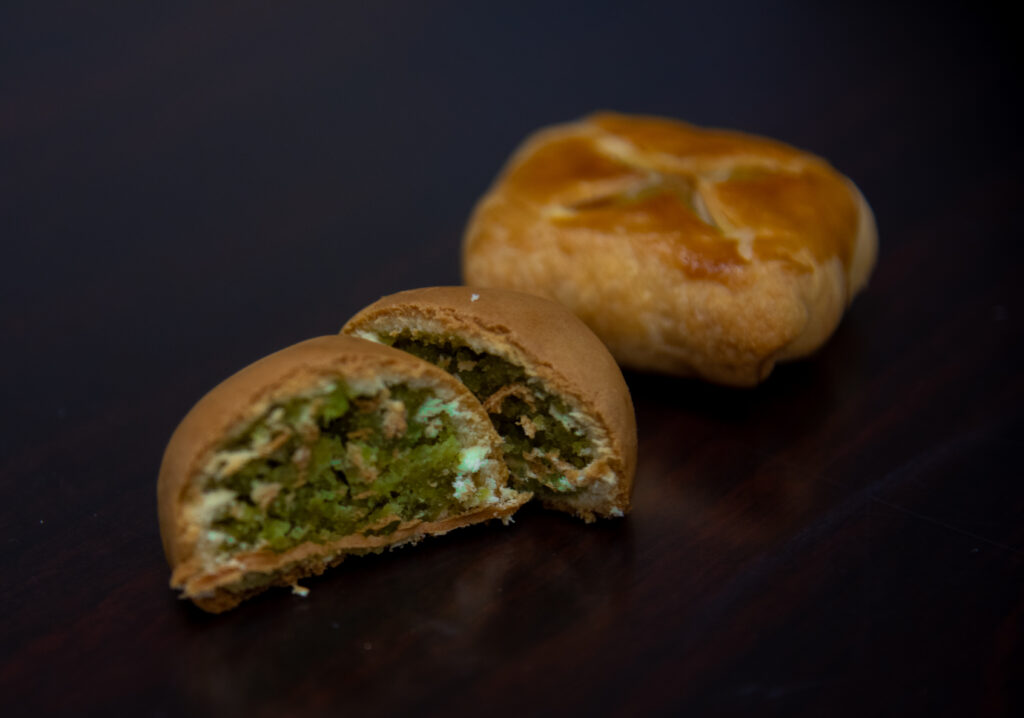
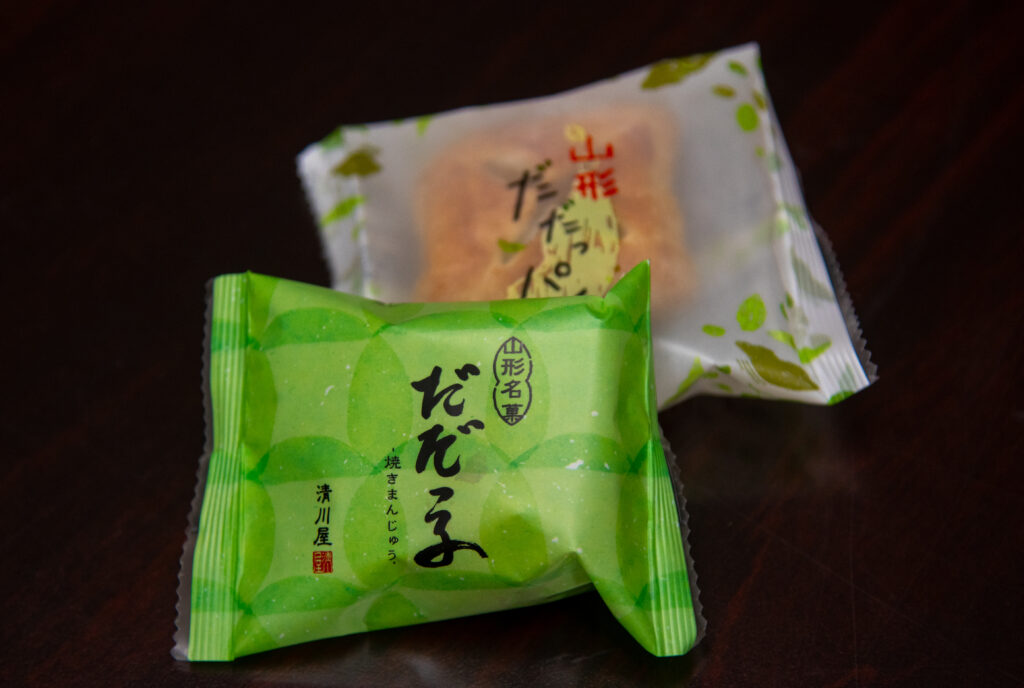
Dadacha-mame ice cream (だだちゃアイス)
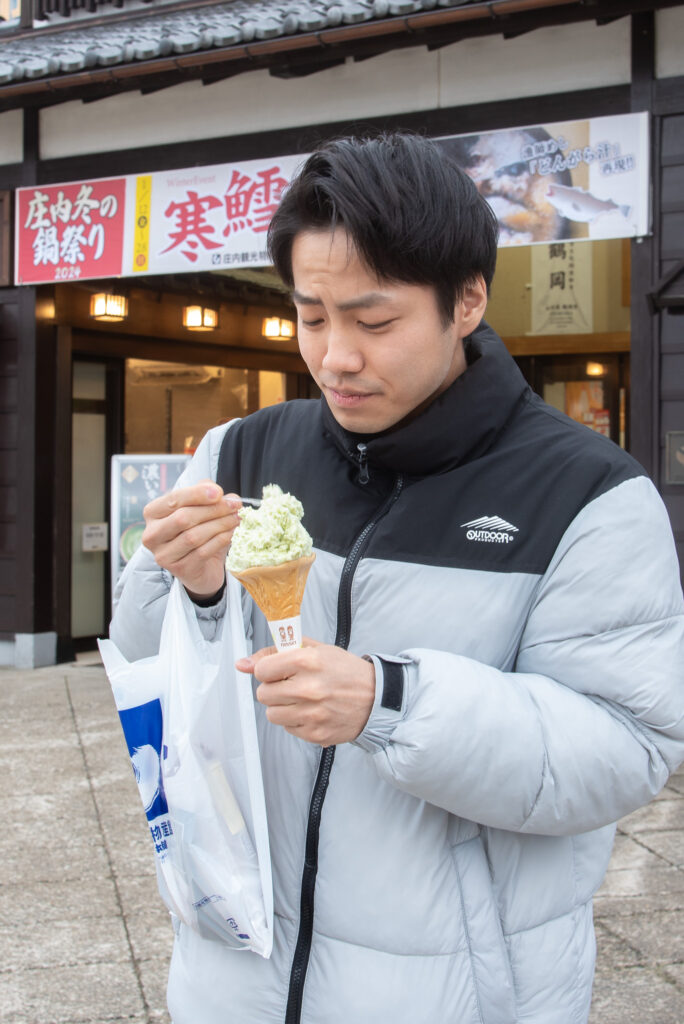
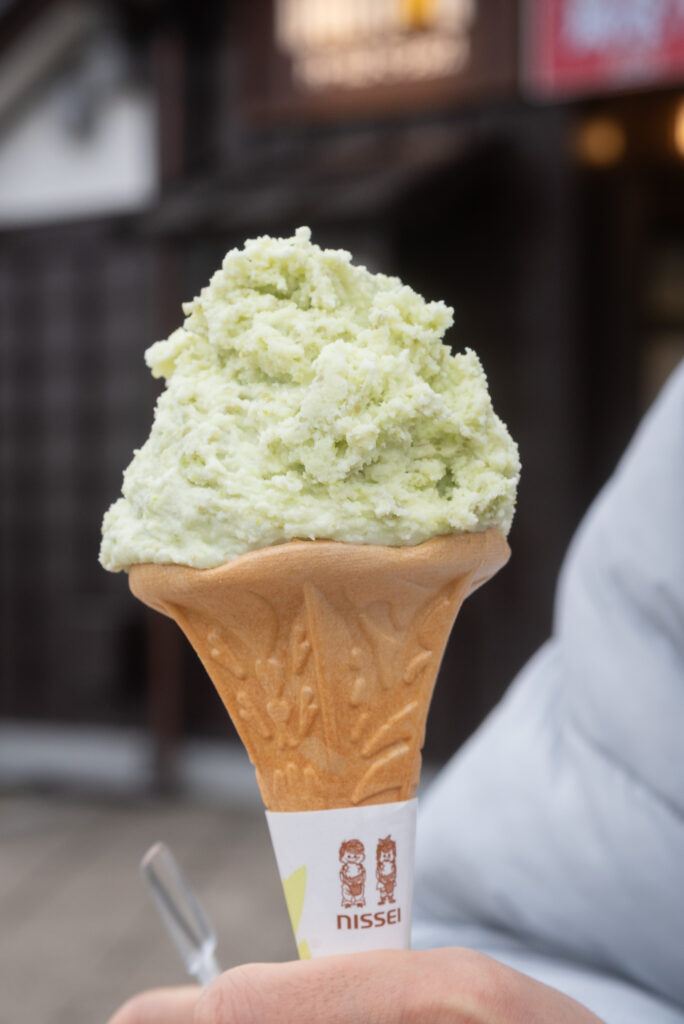
Where: Shonai Kankobussankan’s souvenir shop & market
And if you plan on continuing your journey to the Pacific side, stop at Sendai city to try their Zunda (sweetened edamame paste) made of Dadacha-mame!
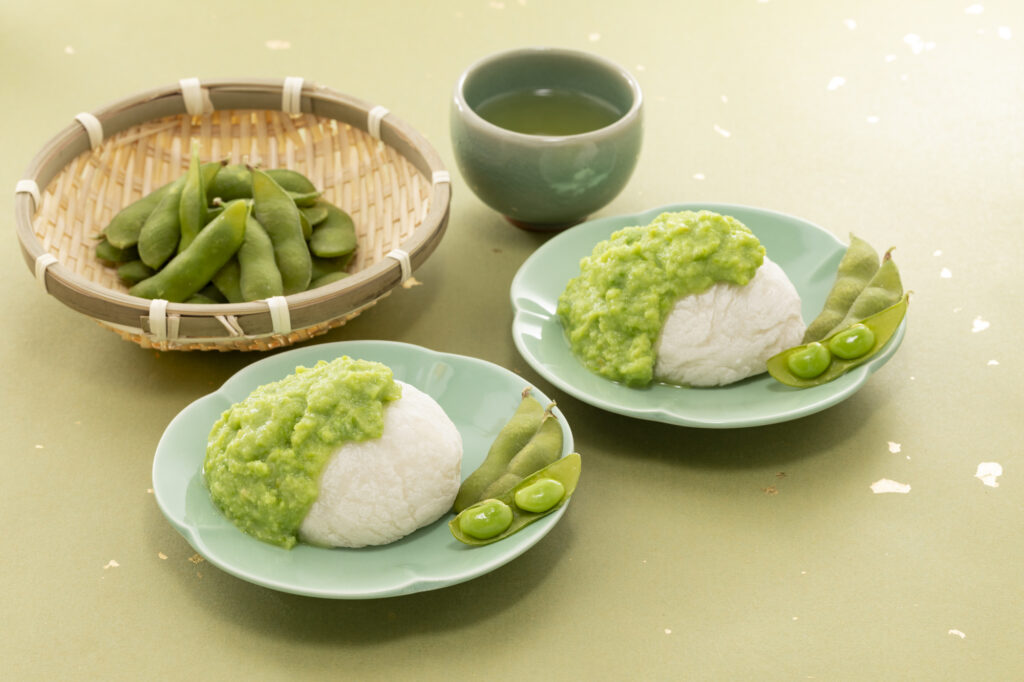
Main sources for this article:
- Kyoto University Research Information Repository, 江頭宏冒新田麻子, 森田敦雄, 赤澤経也, 『ダダチャ豆の種類と歴史』, pdf link here
- ABE Toshinori, 『ダダチャマメーおいしさの秘密と栽培』、農文協、2008年、p-1-2, 8-24, p78-90
